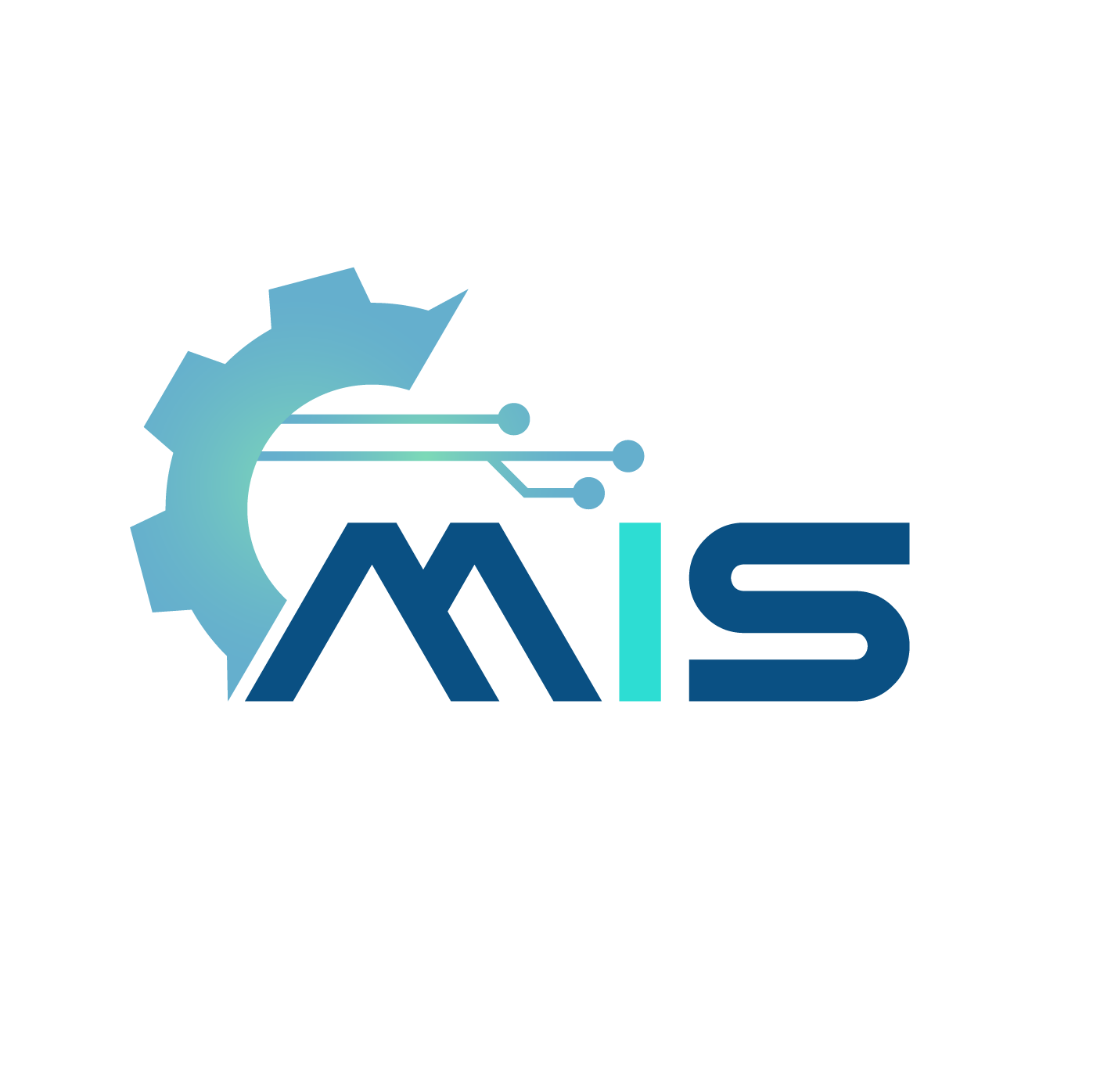In SAP system, Cost Center used to determine the given application component structure. Cost center remains constant over extended periods. Cost center planning should execute to reflect the cost center structure and generate periodic cost center reports.
These reports help identify planning errors in individual cost centers. This data should be changed to compare the reports effectively. The data can be transferred to the SAP System in two ways:
- External Data Transfer with Function Modules.
- External Data Transfer with BAPIs.
The SAP System distinguishes between – Transction data and Master data.
Transaction data –
Transaction data is a transaction-oriented data that continuously create or change in a live system. Transaction data can be subdivided into:
- Totals data
- Line items
Master data –
Master data determines the application component structure in the SAP System and remains unchanged in a live system. Below elements for creating, changing and displaying master data available for:
- Activity types
- Business processes
- Cost centers
- Cost elements
- Resources
- Statistical key figures
Activity types –
Classifies the activities in the cost centers within a controlling area. Activity Types is an activity performed to classify the activities produced in cost center.
Activity Type classifies the activities to be performed within a company by one or several cost center. Activity types are used to determine the quantity-based output of a cost center.
System records quantities measured in activity units to plan and allocate the activities. The activity types divide the specific activities which are produced in a cost center.
Cost centers –
A business unit in any company can be classified as profit center, cost center or an investment center. Cost center is a simple and straightforward division in an organization.
Cost Center known as a component in an organization where costs are incurred that adds value to the cost and adds profit of the organization. Cost centers are grouped together into decision, control and responsibility units.
Different activity types can be assigned to a cost center and each activity type shows the specific activities in cost center. Cost center accounting used to differentiate between different activities and controlling of costs arising in an organization.
Cost centers are combined as cost center groups that are used to create cost center hierarchies. Cost center hierarchical structure should be defined first to create cost center.
Cost elements –
Cost elements classify an organization’s production factors valuated consumption within a controlling area. Cost element corresponds to a cost-relevant item.
The cost elements can be classified into two types –
- Primary cost/revenue elements
- Secondary cost elements
Primary Cost/Revenue Elements: –
A primary cost/revenue element is a cost or revenue-relevant item that corresponding general ledger (G/L) account exists in Financial Accounting (FI).
Some of primary cost element examples are – Energy costs, Material costs, Personnel costs etc.
Secondary Cost Elements: –
Secondary cost elements can only be created and administrated in cost accounting (CO). The SAP System checks whether a corresponding account already exists in Financial Accounting to create a secondary cost element.
If one exists, Secondary cost elements cannot be created in cost accounting. Some of secondary cost element examples are – Assessment cost elements, Order Settlement etc.
Resources –
Resources are goods and services supplied to create business activities. Resources used to perform a detailed and quantity-based primary costs planning at cost element level for cost centers, orders and WBS elements.
Based on the available data, system choose below three different resource types –
- Overhead Cost Controlling (type R)
- Material (type M)
- Base planning object (type B)
The master record resource structure as follows –
- Base object costing
- Cost element
- Entered by
- Entry date
- Material
- Plant
- Purchasing organization
- Resource key
- Resource name
- Resource type
- Resource units
- Validity period of the resource
Statistical key figures –
Statistical Key Figures representing cost centers, activity types, orders, business processes etc.
statistical key figures can be entered manually or can transfer them automatically from the information systems of other SAP System application. statistical key figures can be as either –
Fixed values – All the key figures defined as fixed values are valid from posting periods of the fiscal year.
Totals values – All Key figures defined as Totals values are valid only in the posting period. The below functions for processing individual elements:
| Master Data | Processing Function |
|---|---|
| Cost elements | Create primary or secondary, change, display, delete, display changes |
| Cost centers | Create, change, display, delete, display changes |
| Business processes | Create, change, display or delete |
| Activity types | Create, change, display, delete, display changes |
| Statistical key figures | Create, change, display or delete |
The below functions for processing more than one element:
| Master Data | Processing Function |
|---|---|
| Cost elements | Display, delete |
| Cost centers | Change, display, delete, rough entry |
| Business processes | Change, display, delete |
| Activity types | Display, delete |
| Statistical key figures | Change, display |
| Resources | Create, change, display |
